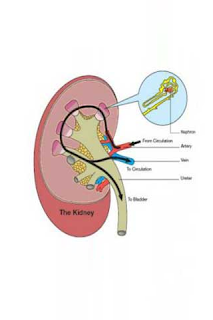Common Symptoms of Spinal Stenosis; Its diagnosis and treatment
The symptoms of spinal stenosis are caused by a compression or an abnormal narrowing of the spinal canal. This is an uncharacteristic change of the canal which can cause a lot of discomforts, even severe pain, as well as other symptoms that should be given immediate medical attention.Generally, spinal stenosis has two common types, lumbar stenosis and cervical stenosis, and a lot of the symptoms can be found in both types of stenosis. Lumbar stenosis is a more common affliction, while cervical stenosis is the more hazardous one, as it involves a compression of the spinal cord in a very critical part of the body being the neck region. The symptoms of lumbar stenosis include: · Radiating numbness, weakness or tingling in one or both legs. · Loss of balance leading to frequent falling or difficulty to walk. · Neurogenic claudication or foot and leg pain resulting from certain postures. · Sciatica pain associated with a tingling pain or numb
